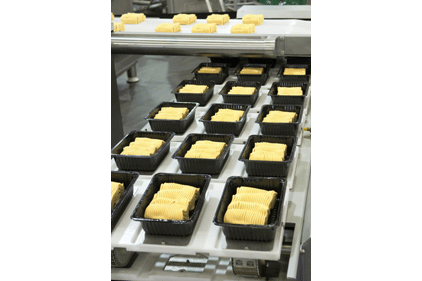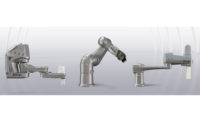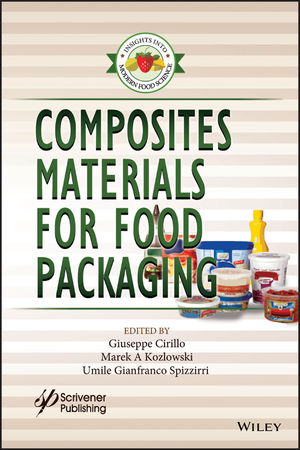Evolving needs of the food industry have created new opportunities for the development of advanced packaging materials.
Currently, brand owners are looking for technologies to enable the introduction of new food products that are fresher and less preserved, that have features that ease preparation, portability and that have superior sensory attributes and enhanced preservation throughout the consumption cycle.
Advancements in food technology need to be complemented by a parallel development of advanced packaging materials to meet the new challenges.
Claims like “fresh” and “natural” for new food products limit the choice of functional additives in packaging materials. For example, butylated hydroxytoluene (BHT) is a preservative that could not be used in a product labeled “fresh” or “natural” or “no preservatives.”
Therefore, the development of effective, food-interactive natural additives compatible with the currently used polymeric packaging structures is an area of research interest for the packaging materials industry.
The affordability of the current packaging structures in the development markets also is a major challenge for brand owners.
Simplicity of packaging structures becomes a key enabler for the expansion of premium brands in the development markets, as well as for the successful introduction of products in the developed markets.
The new simplified packaging structures should be:
• Clear (allow product visibility);
• Uniform (that is, blends of one dominant polymeric group instead of layers of dissimilar materials);
• Multi-functional (to ensure product compatibility, ease of use by the consumer and technical feasibility in all steps of the supply chain);
• Safe (throughout the supply chain);
• Affordable (in overall material, conversion and packaging operations).
The environmental issues associated with the origin and disposition of packaging materials (bio-derived, biodegradable, recyclable and energy efficient) add an additional dimension on this need for advancements in packaging materials.
Brand owners and retailers are looking for the right value of environmental attributes in packaging materials, while the technology and the economics have not favored a particular approach in any category of packaging materials.
These materials don’t already exist because the innovation initiatives of the brand owners are not always aligned with the innovation motives of the packaging material converters. This is because of a variety of reasons, such as inflexible assets, communication gaps in the supply chain, lack of skills and short-term vision.
To push the development of advanced packaging materials forward, food processors need to expand the innovation networks by working directly with compounders, resin suppliers, additive suppliers, processors, equipment manufacturers and academics.
New technologies can reach the market via a new model of collaboration of multiple resources.
Editor’s Note: This article and sidebar originally appeared in Food & Drug Packaging (now known as Food & Beverage Packaging), a sister publication to Refrigerated & Frozen Foods.









